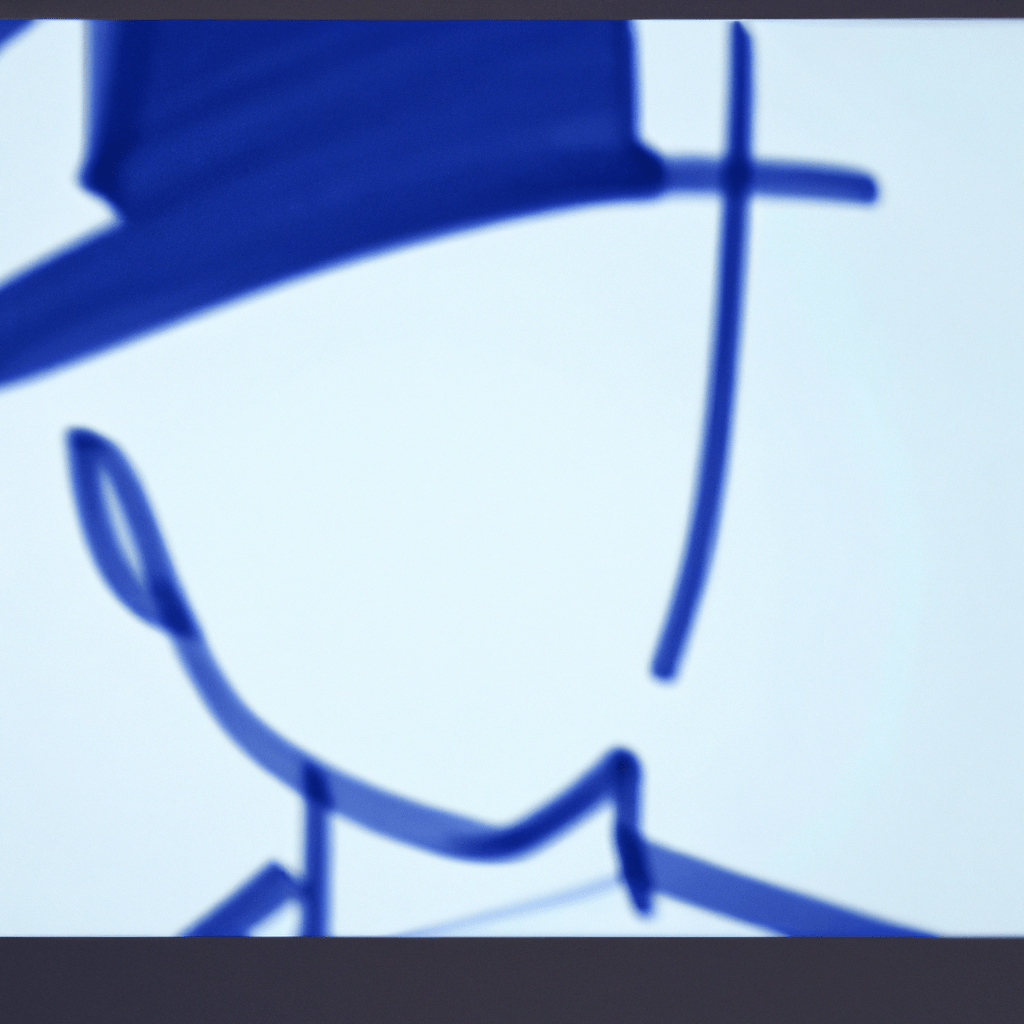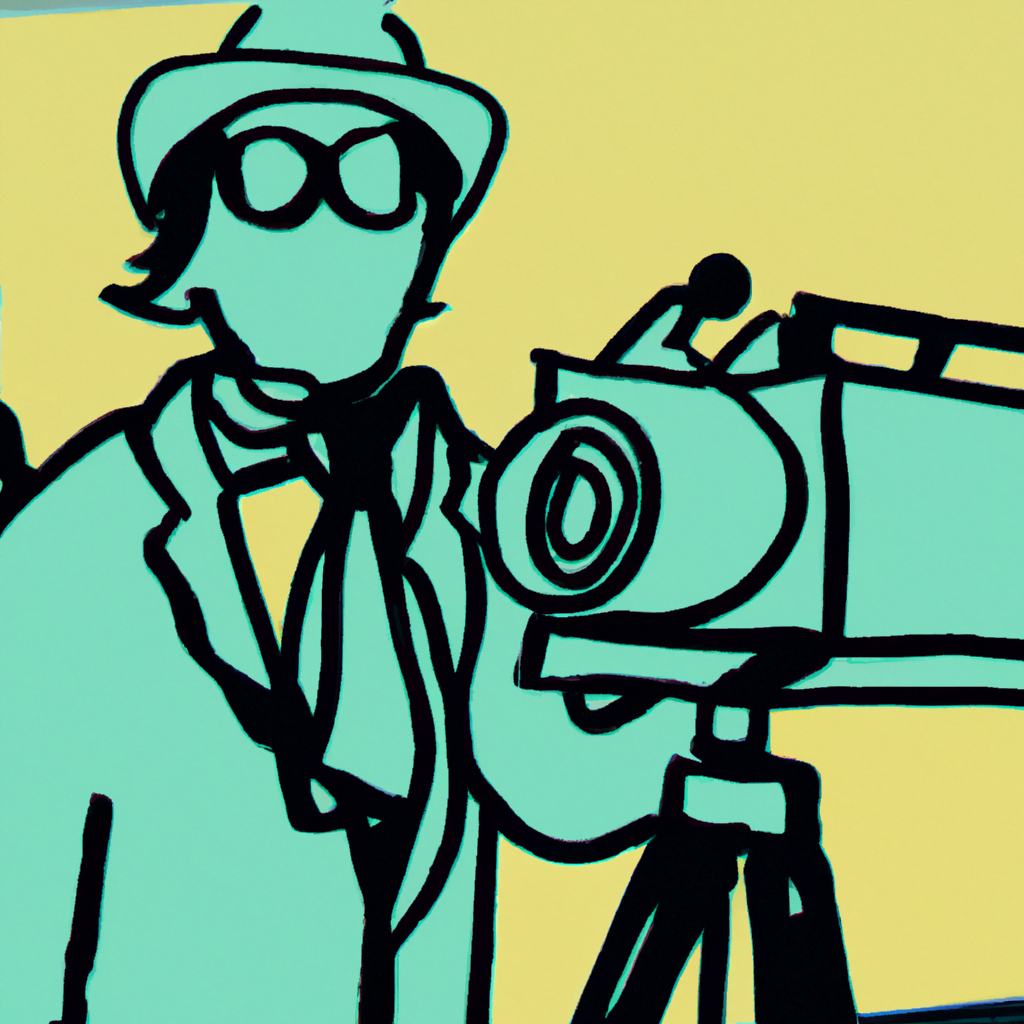
The Future of AI in Graphic Design: Possibilities and Challenges

Artificial Intelligence (AI) has been revolutionizing various industries, and graphic design is no exception. With advancements in machine learning and deep learning algorithms, AI is becoming increasingly capable of performing complex design tasks. From generating logos to creating personalized advertisements, AI is transforming the way graphic design is done. In this article, we will explore the possibilities and challenges of AI in graphic design and its potential impact on the industry.
The Rise of AI in Graphic Design
AI has already made significant strides in the field of graphic design. One of the most notable examples is the use of AI-powered design tools that can generate logos, layouts, and other design elements automatically. These tools leverage machine learning algorithms to analyze vast amounts of design data and learn from existing designs to create new ones.
For instance, Logojoy is an AI-powered platform that allows users to create professional logos in minutes. By analyzing design preferences and industry trends, Logojoy generates multiple logo options tailored to the user’s needs. This not only saves time but also provides individuals and businesses with access to high-quality design solutions at an affordable cost.
Another example is Canva, a popular graphic design platform that utilizes AI to simplify the design process. Canva’s AI algorithms suggest design elements, layouts, and color schemes based on user input, making it easier for non-designers to create visually appealing graphics.
The Possibilities of AI in Graphic Design
The integration of AI in graphic design opens up a world of possibilities. Here are some key areas where AI is expected to have a significant impact:
1. Automated Design Generation
AI-powered design tools have the potential to automate the design generation process. By analyzing design trends, user preferences, and brand guidelines, AI algorithms can generate a wide range of design options quickly. This not only saves time for designers but also provides clients with a broader range of choices.
For example, Tailor Brands is an AI-driven platform that creates custom logos, business cards, and other branding materials. Users provide input about their business, and the AI algorithm generates multiple design options based on the provided information. This automated design generation process allows businesses to create professional branding materials without the need for extensive design knowledge.
2. Personalized Design Experiences
AI can enable personalized design experiences by analyzing user preferences and generating designs tailored to individual needs. By leveraging user data and machine learning algorithms, AI-powered design tools can create customized graphics that resonate with specific target audiences.
For instance, Adobe Sensei, an AI framework developed by Adobe, can analyze user behavior and preferences to generate personalized design recommendations. This allows designers to create graphics that are more likely to engage and resonate with their target audience.
3. Enhanced Collaboration between AI and Designers
AI can act as a valuable collaborator for designers, assisting them in the design process. By automating repetitive tasks and suggesting design elements, AI-powered tools can free up designers’ time to focus on more creative and strategic aspects of their work.
For example, Framer X is a design tool that uses AI to automate the process of turning design components into code. By analyzing design patterns and user interactions, Framer X generates code snippets that can be used by developers to bring designs to life. This collaboration between AI and designers streamlines the design-to-development process and improves overall efficiency.
The Challenges of AI in Graphic Design
While the possibilities of AI in graphic design are exciting, there are also several challenges that need to be addressed:
1. Lack of Creativity and Originality
One of the main concerns with AI-generated designs is the potential lack of creativity and originality. AI algorithms learn from existing designs and trends, which may result in designs that lack uniqueness. Design is a highly creative field, and it is essential to strike a balance between AI automation and human creativity to ensure the production of innovative and original designs.
2. Ethical Considerations
AI-powered design tools raise ethical considerations, particularly when it comes to copyright infringement and intellectual property. If AI algorithms generate designs that resemble existing copyrighted works, it can lead to legal issues. Designers and AI developers need to be mindful of these concerns and ensure that AI-generated designs do not infringe upon existing intellectual property rights.
3. User Experience and Intuition
Design is not just about aesthetics; it is also about creating a positive user experience. AI algorithms may struggle to understand the nuances of user experience and intuition, which are crucial elements of effective design. Designers possess the ability to empathize with users and make design decisions based on intuition, something that AI algorithms may find challenging to replicate.
The Future Outlook
Despite the challenges, the future of AI in graphic design looks promising. As AI algorithms continue to improve, they will become more capable of understanding and replicating human creativity. Designers will be able to leverage AI as a powerful tool to enhance their creative process and streamline repetitive tasks.
Additionally, AI can help democratize graphic design by making it more accessible to individuals and businesses with limited design resources. AI-powered design tools can empower non-designers to create professional-looking graphics, reducing the reliance on professional designers for basic design needs.
However, it is crucial to strike a balance between AI automation and human creativity. Designers will continue to play a vital role in the creative process, bringing their unique perspectives, intuition, and understanding of human emotions to the table.
Conclusion
The future of AI in graphic design holds immense potential. From automated design generation to personalized design experiences, AI is transforming the way design is done. However, it is essential to address the challenges of creativity, ethics, and user experience to ensure that AI complements human creativity rather than replacing it.
As AI algorithms continue to evolve, designers and AI developers must work together to create a future where AI and human creativity coexist harmoniously, pushing the boundaries of graphic design and unlocking new possibilities.
